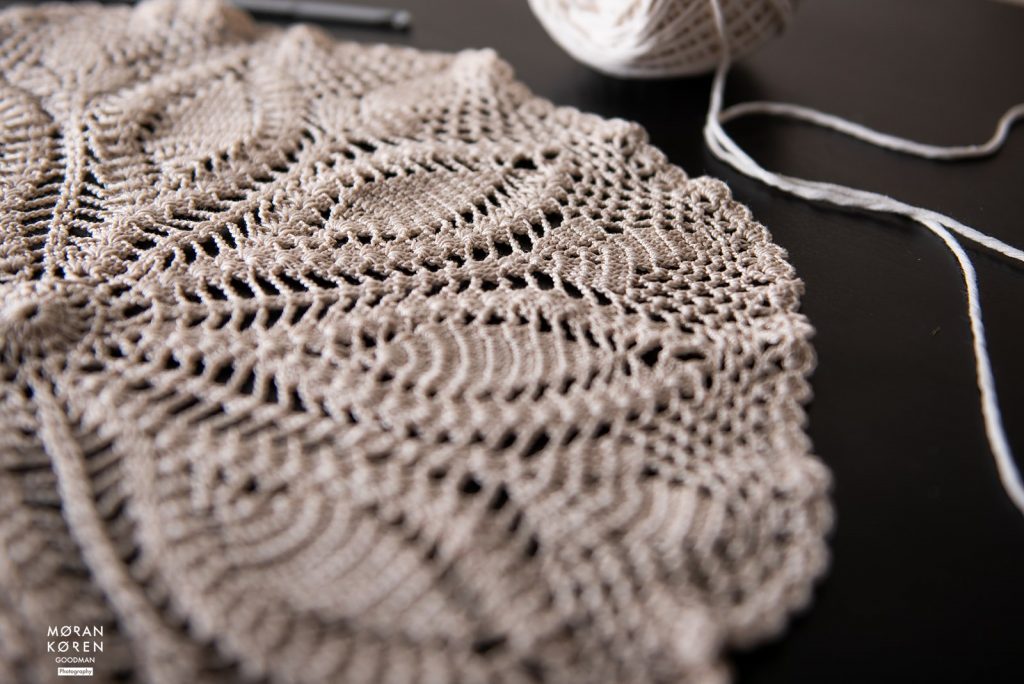Textiles of Galilee
Weaving Galilee into your home
The world of textiles is linked to the natural environment and the functional uses suited to everyday life throughout history. A busy street in any ancient city would flash with many colors. Jacob made his son Joseph a coat of many colors (Genesis 37:3) and James describes a man who came into the synagogue in “bright apparel” (James 2:2-3). Most of the clothing of the common people in Biblical times was dull white or brown, or even the fur of an animal, with color accents added by head dress, embroidery, or belts.
Leather was the first material for clothing. The earliest “cloth” used was animal skins. God even provided clothes of skin (Genesis 3:21). In Biblical times, the loin cloth was worn.
Wool is the oldest and most common textile of Biblical times. The value of sheep lay in wool rather than in their meat. Wool mainly came from Judea, while Galilee produced linen and flax. The finest wool came from the lamb. The most expensive woolen cloth was woven from the wool of sheep kept especially clean from dirt and manure. Such wool made dazzling white cloth such that the Prophets likened a pure person to clean white wool. Wool was also rubbed and bleached to give it a bright color. Priests were forbidden to wear woolen garments which implies therefore that they were largely worn by the common people (Ezekiel 44:17).
Linen or fine linen was woven from flax or hemp thread and was used particularly for inner garments. The linens woven in Galilee were some of the best in the world, preferred over Egyptian linen which was coarser. Egyptian royal garments were woven from fine linen. It was the cloth used in garments of the rich (Luke 16:19). The Galilean weaver could make linen as fine as silk, often in a chevron pattern and pleated. Some linen cloth was so sheer and thin that it had a translucent effect. The shirt worn close to the body was of fine linen with cotton or wool used for the second garment. Cotton was not grown widely in the climate of Galilee.
Silk was reserved for the garments of those who wished to display pride, elegance and extravagance. Silk became more common in Judea and Galilee during Roman times. It was used to wrap the holy rolls of the Scriptures, and some scholars believe that the veil of the Temple was made of a type of silk. Silk was brought from the East by travelling merchants, mainly from Persia. Cotton came from the Far East about the time of Alexander the Great.
We at Secret Galilee Gallery celebrate this traditional, age-old art form through the diverse groups and peoples that add their own touch and design to the fabric of life both ancient and modern alike.


